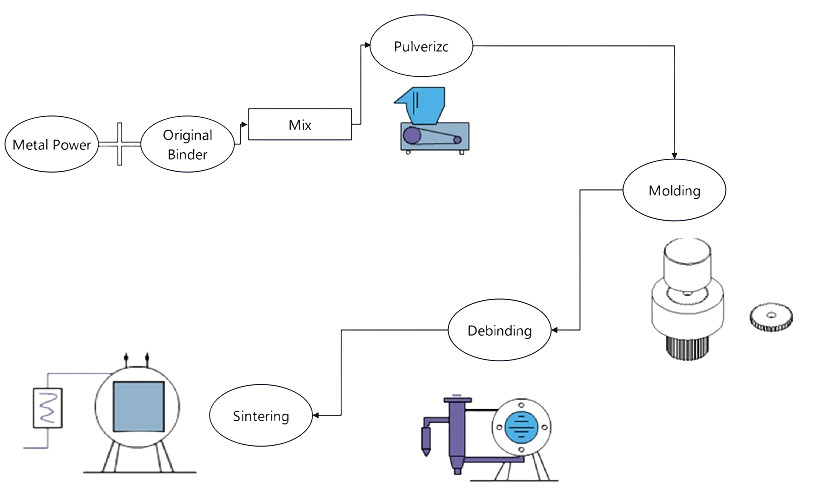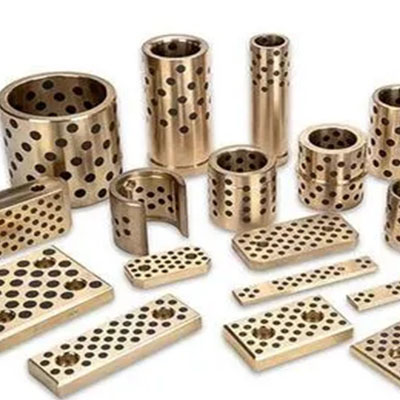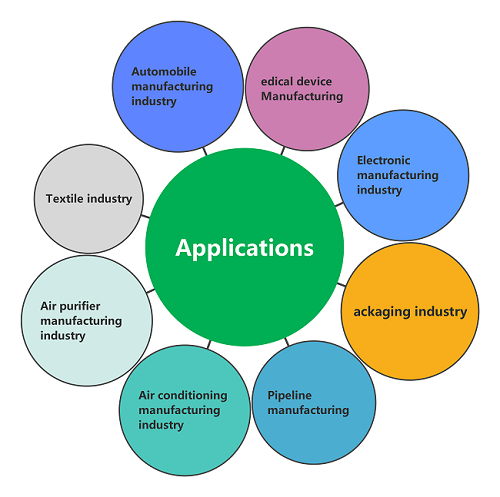
Power Metallurgy(PM) is a processing method that used metal power as raw material, which is pressed and sintered to produce various products.
Power metallurgy technology consists of three main steps: Firstly: Main constituent materials are granulated into fine powerr particles. Secondly: the powder is filled into the forming mold and a certain pressure is applied to first form a green body with required part shape and size. Finally: the green boday is high-temperature sintered
Power metallurgy material made from several metal powders or metal and non-metal powders through processes such as batching, pressing and sintering.
Power metallurgy material is often used to produce hard alloys, antifriction materials, structural materials, friction materials, refractory metal materials, filter materials, cermets, non segregation high-speed tool steels, magnetic materials, heat-resistant materials
1.Antifriction Materials: materials made by immersing lubricating oil in the pores of the materials or adding friction reducing agents or solid lubricants to the material composition. because of the condition of limited lubricating oil, the friction coefficient between material surface is small, the service life is long and the reliability is high.Under dry friction conditions, relying on the lubricant contained on itself or on the surface layer, it has a self-lubricating effect.Widely used in the manufacturing of bearings, support bushings.
2.Porous Materials: Formed and sintered from spherical or iiregularly shaped metal or alloy powder. The internal pores of the materials are crisscrossed and interconnected with a volume porosity of 30% to 60% and a pore size of 1-100microns. Good permeability ,thermal conductivity and conductivity, resistant to high and low temperatures,thermal shock and medium corrosion. Used for manufacturing filters, porous electrodes, fire extinguishing devices, antifreeze devices.
3.Structural Materials: material can withstand loads such as tension, compression and torsion, can work under friction and wear conditions. But, due to the presence of residual pores inside the material, the ductility and impact value are lower than those of castings and forgings with the same chemical composition, thus limiting the application range.
4.Metallurgical friction materials: it consists of three parts: matrix metal ( copper, iron or other alloys), lubricating component( lead, graphite, molybdenum disulfide), and friction component (silicon dioxide, asbestos). It has a high coefficient of friction ,can quickly absorb kinetic energy, fast braking and transmission speed and low wear;High strength, high temperture resistance and good thermal conductivity; Good anti-bite performance, corrosion resistance and less affected by grease and moisture. Mainly used for manufacturing clutches and brakes.
5. Power metallurgy tooling materials: including hard alloys, powder metallurgy high-speed steel. The latter has uniform structure, fine grains, no segregation, better toughness and wear resistance than cast high-speed steel, less heat treatment deformation and longer service life. Billets that can be used to manufacture cutting tools, molds and insert parts.
6. Powder metallurgy electromagnetic materials: including electical and magnetic materials. In electrical materials, powder metallurgy materials of precious metals such as gold, silver, platinum and powder metallurgy materials made by adding tungsten, nickel,iron, tungsten carbide,graphite to the silver and copper matrix are used as power head materials. Magnetic materials are divided into soft and hard magnetic materials. Soft magnetic materials include magnetic powder,magnetic powder core, soft ferrite and powder silicon steel. Hard magnetic materials include hard magnetic ferrite ,rare earth cobalt hard magnetic.
7. Powder metallurgy high-temperature materials: including powder metallurgy high-temperature alloys, refractory metals an alloys, cermets, dispersion strengthened an fiber reinforced materials, Used for manufacturing turbine discs, nozzles, blades and other high-temperature resistant components for use at high temperatures

Provide Comprehensive Product Technology Solutions

